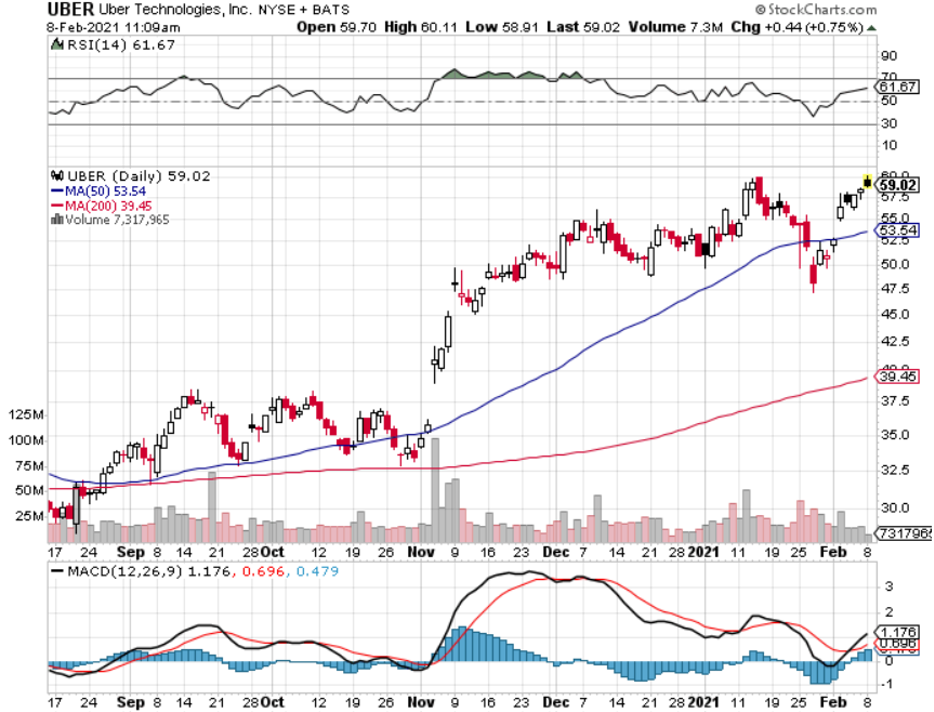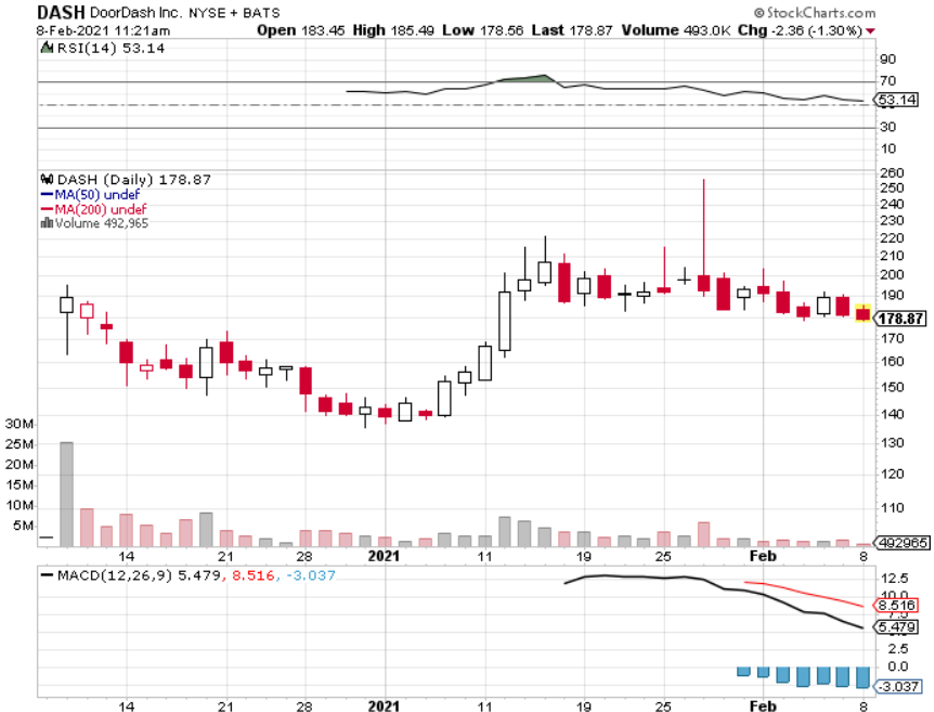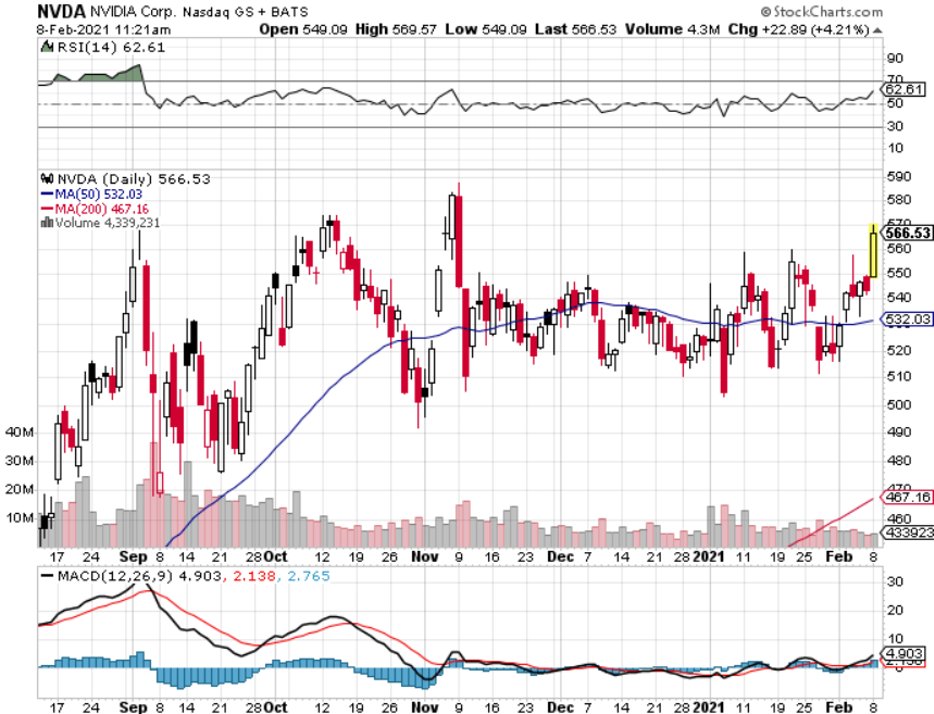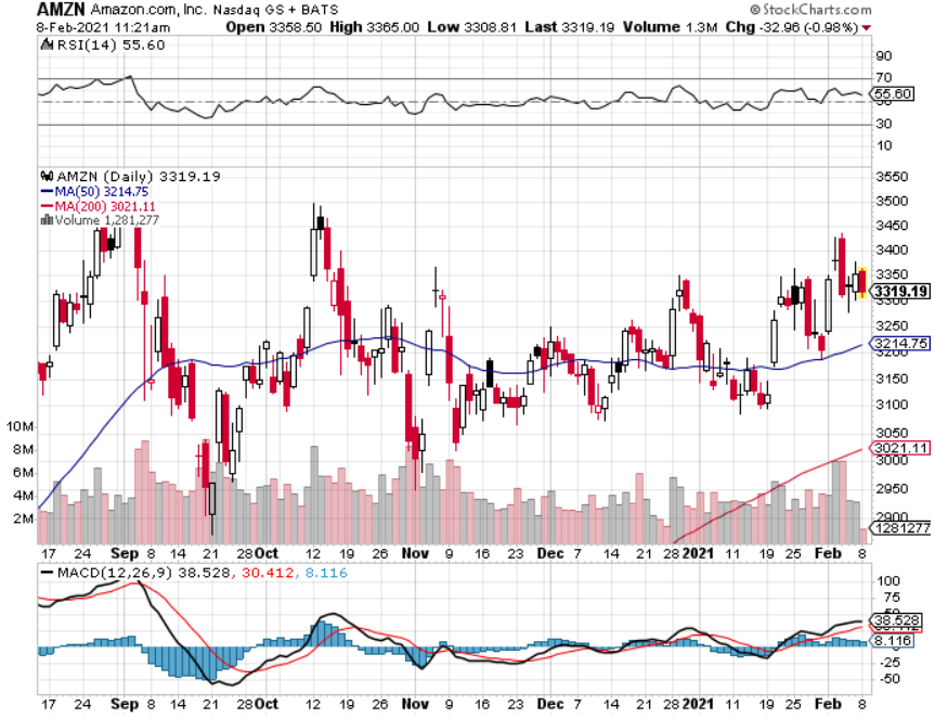To gain a glimpse into the current psyche of tech investing, we need to take a raw snapshot of the state of Softbank’s Vision Fund.
The Vision Fund is the brainchild of the Japanese telecom company’s founder Softbank Masayoshi Son and is the world’s largest technology-centric venture capital fund with over $100 billion in capital.
The torrent of bullish price action of late has meant that SoftBank recorded a record quarterly profit in its Vision Fund as a gangbusters’ stock market lifted the value of its portfolio companies.
However, the significant gains accrued in equity were also substantially offset by painful derivatives losses as Son attempted to parlay his winnings into leverage directional bets in the short-term.
The Vision Fund’s $8 billion profit in the December quarter is a stark change from the prior March when the pandemic was in full gear and the Fund booked major losses amid embarrassing flops like office space sharing company WeWork.
As 2020 came to a close, tech growth firms like Uber (UBER) stock exploded higher and DoorDash (DASH) gave the Vision Fund a nice payday going public at the end of the year in stellar fashion.
On the options trading front, things didn’t go so rosy.
SoftBank posted a 285.3 billion yen or $2.7 billion derivatives loss in the period.
I understand “hedging your bets” but for Son to create this massive loss undeniably has to infuriate deep-pocketed investors from Arab nations that have stuck with him through tumultuous events.
The staggering option losses was why the asset management arm registered a loss of 113.5 billion yen or $1.08 billion, up from losses of 85.2 billion yen in the previous three-month period.
Experiencing wonderful gains only to have the narrative wiped out because of high stakes option bets is perhaps a sign of the times as phenomena like the Gamestop (GME) have moved to the forefront indicating that players have access to too much liquidity at this point in the market cycle.
Some 15 companies have gone public from the Vision Fund so far, and Son does have a long list of busts and winners.
However, one might assume that he won’t hit on every company as he revealed that his Vision Fund 1 and Vision Fund 2 have invested in a total of 131 companies. In the case of DoorDash, SoftBank invested about $680 million for a stake now worth about $9 billion while its $7.7 billion investment in Uber is worth $11.3 billion.
There are still shining stars on the balance sheet.
Another six more portfolio companies are planning IPOs this year and bringing this volume model to the public markets is logical considering even zombie companies are getting funded out the wazoo at this point.
Tech is also still holding its perch as the darling of the market and Son is simply delivering to market what investors want which is growth tech and more of it.
Other issues on Softbank’s list are to sell off its interests in Alibaba, T-Mobile US Inc., and SoftBank Corp., the Japan telecommunications unit. SoftBank also announced a deal to sell its chip designer Arm to Nvidia (NVDA) for $40 billion.
On top of the risky growth companies, Softbank has also parked its capital in a who’s who of tech firms such as a $7.39 billion investment in Amazon.com (AMZN), $3.28 billion in Facebook (FB). and $1.38 billion in Alphabet or Google (GOOGL). The operation is managed by its asset management subsidiary SB Northstar, where Son personally holds a 33% stake.
Son labeled his options debacle as a “test-drive stage” hoping to play down the fact that he should have made a lot more with the massive ramp-up in tech demand in 2020.
It’s not all smooth for Son with the chaos at Alibaba (BABA), Son’s most exotic investment success to date and SoftBank’s largest asset, tanked 20% last quarter amid a Chinese government clampdown on Alibaba Founder Jack Ma.
This has to worry Son’s future tech investing prospects in China (P.R.C.).
SoftBank’s own sale of Arm to Nvidia (NVDA) is still making the rounds through the EU approval process. The United Kingdom and European Union are both preparing to launch probes into the deal.
All in all, a mixed bag for the Vision Fund where profits should have been higher and most of the damage was self-inflicted.
At some point, throwing massive amounts of capital to juice up tech growth firms will backfire, but the generous access to liquidity that Son has makes this strategy work while even affording him some massive failures.
In short, the Vision Fund should be many times more profitable and it’s a reminder that these leveraged bets aren’t going away which should mean enough liquidity out there to take the markets higher.
We should also be aware that the eventual “market mistake” could give us 10% tech corrections, which are no brainer buying opportunities if the same liquidity volume persists.
Then consider that many tech companies have done well in the recent earnings season and combine that with the eventual reestablishment of buybacks and the neutral observer must think that tech has more room to run in 2021.









